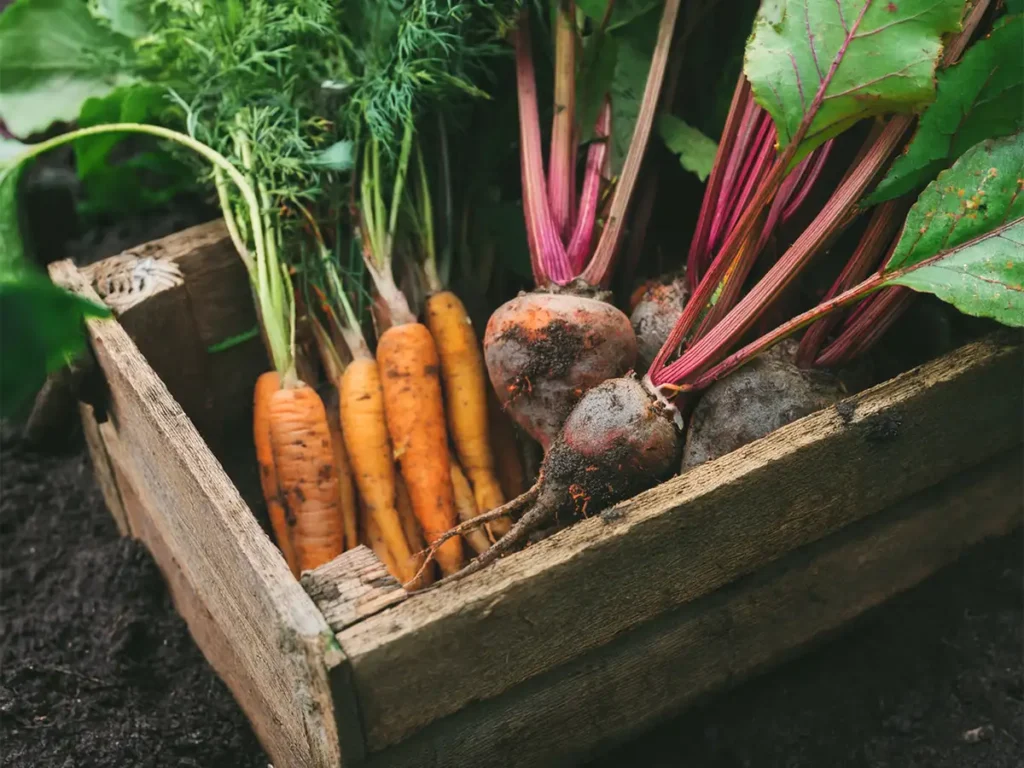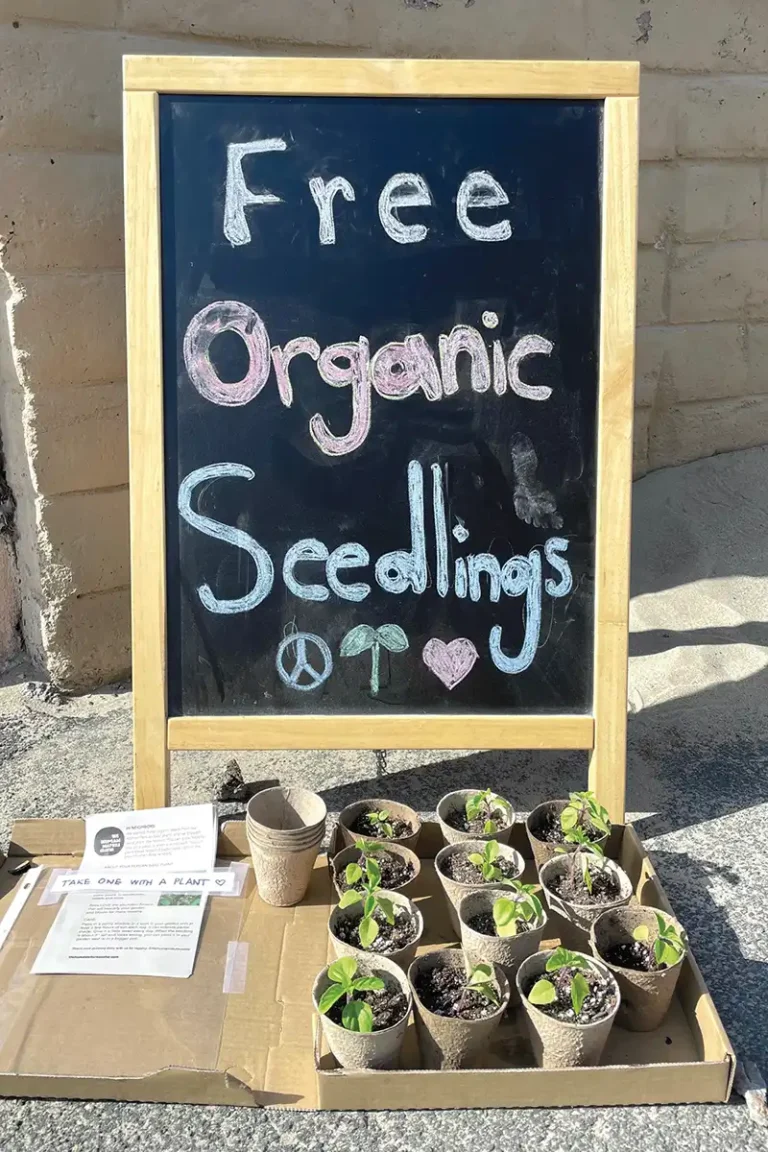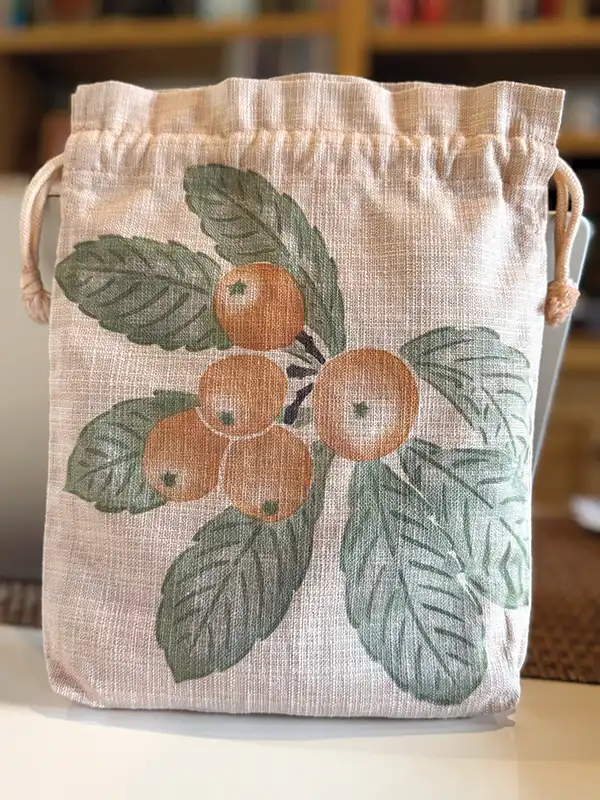Root Crops: Frilly Shoots and Sturdy Roots

Let’s get to the root of the matter.
It’s tough to get motivated to garden over winter, when the days are chilly, overcast, wet or just plain dreary.
But if you cave to the inclination to cozy up indoors, you’ll miss out on tasty root crops that are key ingredients in winter comfort food.
Earthy beets, carrots, radishes and turnips are among the easiest winter vegetables to grow. Most mature fast, with some ready to eat only six to eight weeks after sprouting.
They also take little space, with their frilly shoots and sturdy roots content to grow in containers. So if slogging out to a muddy garden is too daunting, you can tend pots closer to your door.
Getting Started
Find a spot that gets at least four to six hours of direct sun.
Then look down. To facilitate your roots’ successful downward growth, the soil must be light, loose and have excellent drainage. Do not even think about planting in heavy soil, which can cause stubby, malformed roots and rot, and makes harvesting next to impossible, especially after the soil is saturated by rain.
Break up the soil with a shovel or garden fork down about 18 inches, then work in lots of fine-textured compost or other well-decomposed organic material in the top foot.
If you’re starting with sandier soil, that should do it, as a sandy loam is ideal. But if you’re facing heavy clay, avoid it altogether by switching to a raised bed, where you can better control the conditions. Or fill a tall container with lightweight potting soil or a blend of potting soil and cactus and succulent mix.
When you’re done, the soil should smell fresh, feel a little silty or gritty and crumble between your fingers.
How Deep Is Really Enough?
Prepping 18 inches provides plenty of room for most root crops. However, for growing smaller roots, another general rule is to combine the depth of the root with the length of its “tail,” then add a few inches.
For instance, most beets range in size from a golf ball to an orange and have a tail that’s another one and a half times as long. Burpee’s Golden Beet and beautiful Chioggia, with its stunning, alternating circles of white and deep red, both grow about two inches tall, with tails trailing another three inches. So your depth should be at least seven to eight inches. Burpee’s Red Ball Beet grows about three inches tall and has a six-inch tail; its bed should be a foot deep.
The depth for carrots ranges widely. Thumbelina carrots form stubby globes just an inch or two across with no tail in sight, while long, skinny Sugarsnax carrots grow 12 inches with another few inches of tail and require that full 18 inches of loose soil to grow properly.
Radishes vary as well. Petite Easter Egg radishes form little ovals only 1½ inches across with tails nearly twice that. Peppery Sparkler radishes are about the size of a golf ball and bear three- to four-inch-long tails. White Oriental–type radishes, such as Summer Cross, grow more than a foot, with tails extending another few inches, taking you down 18 to 20 inches or more.
Turnips are more consistent, with most harvested at two inches. However, their tails vary. Heirloom Purple Top bears tails that are a sturdy three to four inches long, while smooth, white Japanese Hakurei bears thready tails four to five inches long.
Sowing Seeds
Direct sow your root crops. Do not start them in cells or flats, where they can quickly outgrow the depth, become stunted, stop growing, then balk at transplanting.
Use your fingers, a trowel or a broad stick to shape shallow furrows in your divinely loose soil. Follow the depth and spacing instructions on the individual seed packets.
Pour the tiny seeds from the packet into your hand, then pinch and dribble them into the furrows.
Gently brush the soil from the sides of the furrows over the seeds to create a thin covering about a quarter-inch to a half-inch thick.
Lightly sprinkle the soil with a water bucket or hose. Too much force can dislodge the seeds before they’ve had a chance to root into the ground.
Protect your soon-to-emerge seedlings from pesky birds by netting the bed.
Keep the soil moist. Within a week to 10 days, the first sprouts should emerge.
Once your seedlings have produced several sets of true leaves, begin thinning them to their recommended spacing. Toss the fresh thinnings into soups or salads.
Once the frilly tops of the remaining seedlings are two to three inches tall, you can remove the netting.
Ongoing Care, Harvest and Planting Strategies
Root crops need consistent, even irrigation for uniform growth and to prevent cracking. If winter rains don’t oblige, water at least once a week. Apply an inch-thick layer of fine-textured mulch to maintain moisture on the surface.
As your roots approach their maturity dates, brush back the soil to check the width and color of their “shoulders.” Pull one if you’re not sure whether they’re ripe. When you do harvest, take the entire plant.
Patience may be required. If we have a string of cool, rainy days, the roots may stall out, taking longer to mature. Your eight- to nine-week classic Scarlet Nantes heirloom carrots may not be ready for 12 weeks. But when they hit their peak, they’ll taste just as crunchy and sweet.
Also, because the lifespan of many root crops is so quick, you can plant several rounds (this is called succession planting) before warm weather begins next spring. Be sure to refresh the soil each time.
Or interplant your faster root veggies with slower-growing cool-season crops, such as broccoli, cauliflower and cabbage. You’ll have ample time to harvest the roots before the larger edibles fill in.






